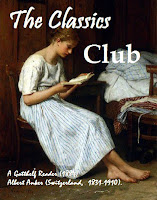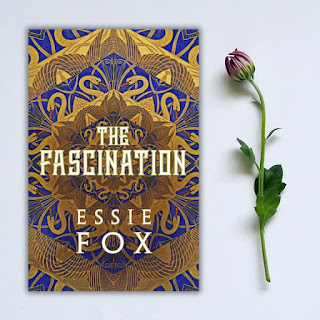The Widow's Vow by Rachel Brimble #Review #PublicationDay
Today's historical fiction takes us to Victorian England and Bath. Published by Boldwood today on December 16th, A Widow's Vow is the first in the Ladies of Carson Street saga series by Rachel Brimble. From grieving widow... 1851. After her merchant husband saved her from a life of prostitution, Louisa Hill was briefly happy as a housewife in Bristol. But then a constable arrives at her door. Her husband has been found hanged in a Bath hotel room, a note and a key to a property in Bath the only things she has left of him. And now the debt collectors will come calling. To a new life as a madam. Forced to leave everything she knows behind, Louisa finds more painful betrayals waiting for her in the house in Bath. Left with no means of income, Louisa knows she has nothing to turn to but her old way of life. But this time, she'll do it on her own terms – by turning her home into a brothel for upper class gentleman. And she's determined to spare the girls she sa...







Jane Eyre is such a great book. What a nice idea, reading it to celebrate the author's birthday. I don't know if you've already read it or even if you would like it, but if you like sort of silly fantasy-mystery books that feature a healthy helping of bookish nerd stuff you might want to try Jasper Fforde's The Eyre Affair.
ReplyDeleteThanks for dropping by. I do like reading books which have been sparked off by others but I haven't read The Eyre Affair yet.
Delete